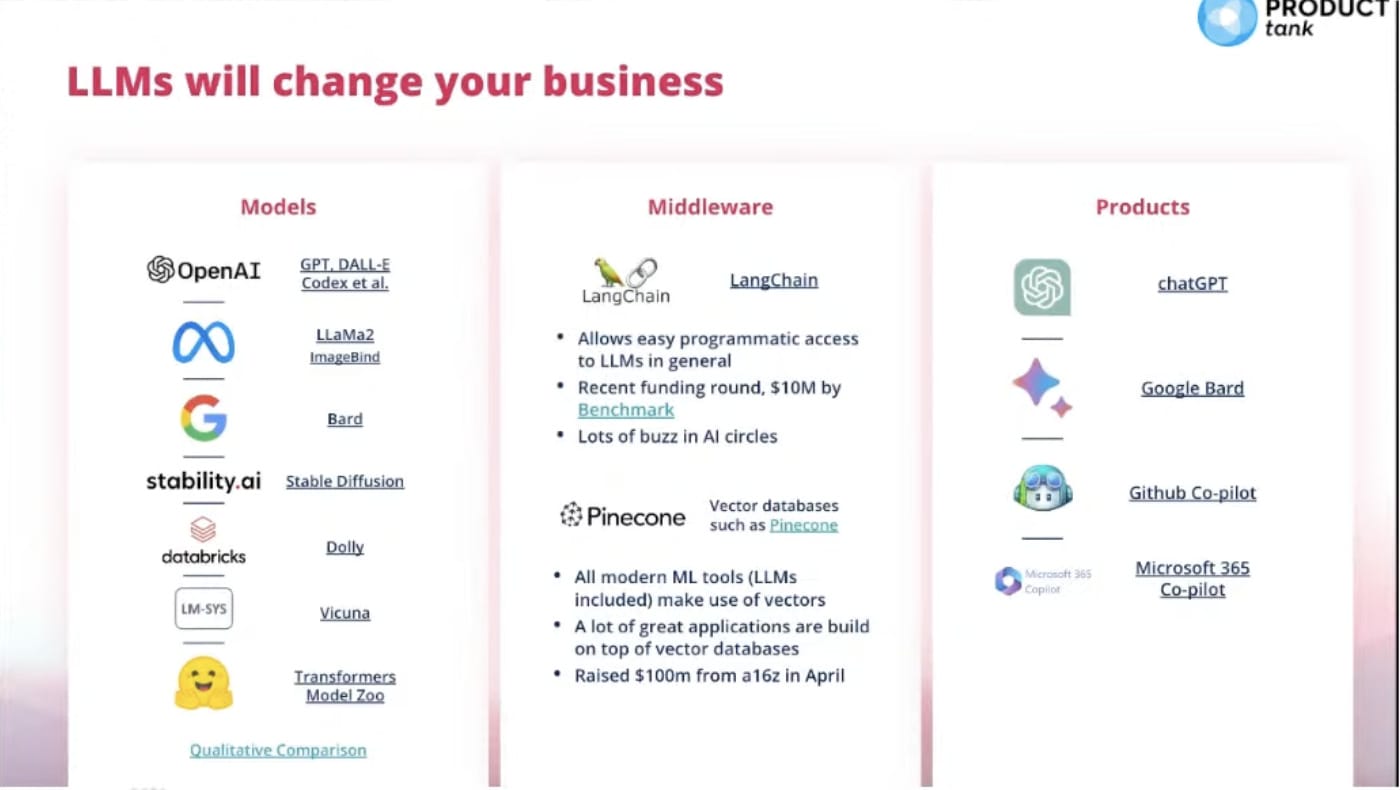“Data is the new oil” was coined by British mathematician and data scientist Clive Humby, and it started gaining popularity in the early stages of data-driven technologies in the early 2000s. Just like oil, data is precious only when it is refined. Decades earlier, Dr. W. Edwards quoted, “In God we trust; all others must bring data,” shedding light on the importance of data. Fast forward to 2024, the yearly data generation has reached several zettabytes. The question is, what do we do with so much data?
The answer is to build purpose-driven, insightful, and impactful data products. Companies have been successful or have started working towards incorporating a data-driven approach to their operations and business strategies. However, the actual value of data lies in developing end-to-end data-oriented products. This may sound intimidating, but trust me, it is a method that involves changing the way we perceive business problems. Think of a car. The external attributes can range from color, shape, and size to internal varieties such as leather seats, entertainment systems, etc. Similarly, data can be used to create a product with diverse attributes that suit different systems and user needs. Existing data with new data can be used for additional business cases, just like new car models are released in the consumer market.
An Excel sheet can be equally considered a data product as a 10-page Power BI report if it has a purpose and helps achieve the end goal. A dashboard visualizing essential KPIs and metrics is a classic example of a data product. It consists of datasets at the backend, a code to interact with the datasets, and a UI for the users to interact with. It acts as a support system for decision-making.
A business starts with an idea, but a data product begins with the end goal in mind. A data product is carefully designed to ensure it captures the objective rather than overwhelming the consumers with the amount or complexity of the data itself. When making decisions, consumers should find the data product valuable and relevant.
Let’s take a close look at actual data-driven product-building.
The design phase
While designing a data product, data-driven product managers and analysts ask these questions-
- What are we trying to solve?
- What data do we need?
- Do we already have this data?
- What is the best course of action?
- Can this product help multiple teams?
Building a product strategy becomes less daunting when the end goal is clear and well-defined. Not knowing the goals can make teams go down a rabbit hole. It is crucial to be specific and concise while setting goals. Other teammates, both technical and non-technical, should have equivalent knowledge of the product goals.
Once the milestones and goals are set, evaluating the data required for the product is necessary. Data could be structured, unstructured, flat files, or anything. Analyzing the data sources and efforts to marry all the data provides a guideline for further action and resource allocation. After locating the existing data, the next step is to find or build the missing pieces of this data puzzle. This phase requires an amalgam of business logic and the necessary code.
A practical roadmap considers the product goals and the business objectives. The roadmaps should contain exact timeframes and realistic deadlines. For example, instead of having a weekly roadmap, a quarterly structure would be helpful if a new product is being launched that requires new data metrics. Regular check-ups with the customers will ensure that the roadmap effectively helps to reach the end goals.
Top 5 ways to implement a cohesive data-product-analytics approach
Gain business domain knowledge
Understanding the business domain and objectives is pivotal. It is essential to grasp the problems the business aims to solve. The effectiveness of analytics lies in relevant metrics and data for the business user. Acknowledging diverse stakeholder needs provides a uniform solution, avoiding the need for multiple similar products. Sometimes, enhancing a product may be more advantageous than creating a new one from scratch.
Develop a product roadmap
Have a clearly defined roadmap with a product vision. A product roadmap is indispensable for providing strategic direction, enhancing coordination, prioritizing tasks, communicating with stakeholders, and tracking progress, all of which are critical for a product's successful development and launch. For example, rather than simply coding to calculate the sell-through rate, the focus should be on understanding how the store performs and identifying the causes of low or high sell-through rates.
Implement robust data engineering methodologies
It is necessary to create pipelines to fetch data and feed it to respective databases within the SLAs. Reliable data is the backbone of any data product, and the engineering processes ensure stored data's integrity, accuracy, and consistency. High-quality data should be the aim. A centralized data platform that acts as a single source of truth is beneficial to business users and other data consumers. Additionally, the product should be able to handle growth without compromising performance.
Testing
Prioritize thorough testing and obtaining user feedback. It is essential to ensure that all features and functionalities of the data product work as intended. Remember, this product is tailored for the user and should only be considered complete when the customer is delighted. Think about how Costco keeps its customers happy.
Collaboration
The successful development of data products hinges on the collaborative efforts of data analysts, engineers, software developers, data scientists, and domain experts. Each team member's diverse expertise and experience is essential for successful product development. Moreover, ensuring that everyone, including our business partners, is fully engaged and aligned with our common objectives.
While it all sounds great, it is easier said than done. Let’s take a look at some of the real-life challenges in the realm of data-product-project
Managing stakeholder expectations
Like any tangible product, the expectations for data products are constantly evolving and changing, posing a challenge when aligning with stakeholders. With a single product serving multiple stakeholders, diverse business logic and goals often lead to conflicting priorities.
Implementation of feedback
Continuous feedback is essential for identifying expectation gaps and assessing the current state of the product. However, we must be mindful that implementing feedback may delay new feature releases. Additionally, team members supporting multiple products can further exacerbate these delays.
Collaboration
Bringing a successful product to life takes the dedicated efforts of many people, working day and night. While working together has its benefits, it can also bring its own set of challenges and lead to conflicts.
With product managers taking the lead from the outset of the product development process, maintaining an open mindset is vital. While business knowledge, technical expertise, and overall experience in analytics are advantageous, it's essential to acknowledge that there will always be gaps in knowledge. Embracing an open mindset and being agile towards new approaches and experimentation goes a long way. Having a product mindset is beyond product features and thinking about ways to sell it. It’s about creating valuable solutions to business problems. A data-oriented product mindset treats data as a high-value and high-quality product that can be used to build additional products of business value.
In conclusion, data, product, and analytics form a triangle, each crucial in creating successful and impactful products. While these may be the three corners of the triangle, collaboration, communication, and clear goals are the connecting lines that make this a valuable triangle.







Comments
Join the community
Sign up for free to share your thoughts